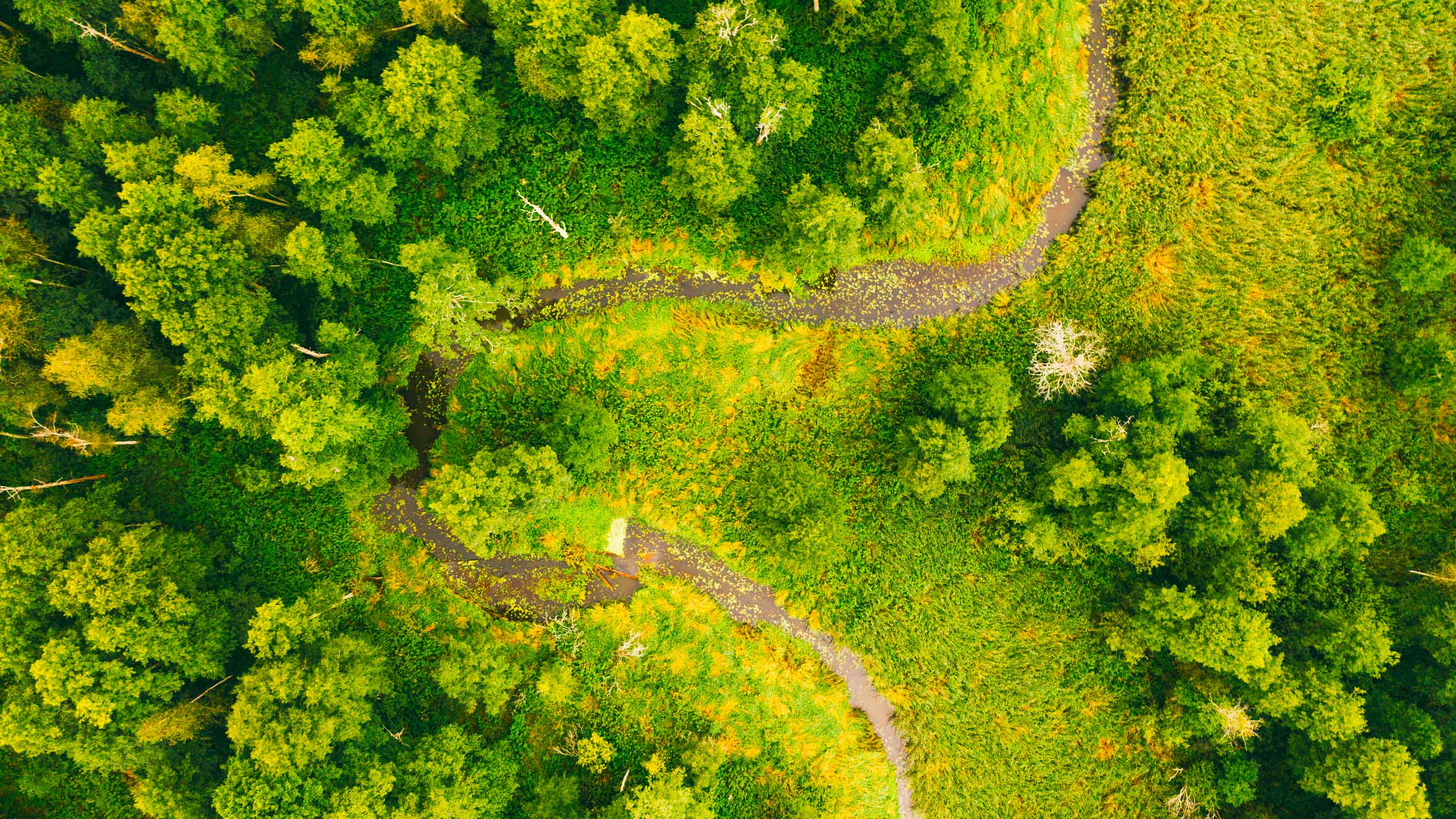WSP Au Discusses Wildlife-Vehicle Collisions & Prevention
WSP Global Inc

Highlights
Wildlife-vehicle collisions are a major problem. These incidents harm animals, put people at risk, and damage the environment. A recent symposium brought together experts to find solutions.
New technology can help protect wildlife and drivers. Experts discussed using technology like animal detection systems, virtual fences, and car warnings to prevent accidents.
More research is needed. While new ideas are exciting, we need to study them to see what works best carefully. Future tests will help us choose the right solutions.
WSP Australia road ecology experts share insights on how to reduce wildlife-vehicle collisions in the continent.
Wildlife-vehicle collisions are a serious issue, harming animals, endangering people, and damaging our environment. To tackle this problem, a symposium was held in Sydney recently. Experts from government, industry, and academia gathered to discuss new technologies that could help prevent these crashes.
The event, sponsored by Transport for NSW (TfNSW) and organised by WSP Australia, a multinational engineering and construction firm, the Australasian Network for Ecology and Transportation (ANET), and the Environment Institute of Australia and New Zealand (EIANZ), explored various options. These included systems that can spot animals, virtual fences to keep wildlife away, and in-car warnings for drivers.
Read more: Transportation Through Protected Reserves in India and Its Consequences
Rodney Van Der Ree, a leading expert in this field, says, "Wildlife–vehicle collisions are a significant threat to biodiversity, a risk to human safety, and cause animal welfare concerns everywhere.
“It is not always feasible to build fences and crossing structures to keep animals off the road, so technological approaches such as animal detection and deterrent systems are increasingly being considered and applied.
“Innovations are emerging, but it’s crucial that we carefully investigate the evidence base and the ecological and technological considerations that underpin the different options. Future trials will be critical for demonstrating which options can be applied effectively in Australian transport settings – and indeed around the world - to make a meaningful difference to the safety of animals and people.”
WSP ecologist Tahlia Townsend said, "Only by bringing together such diverse specialists can we progress this important area of research and development."
The symposium's findings, along with contributions from WSP Australia, will be shared in a research paper and a guide for future investments. This information will help transport agencies around the world make better decisions about protecting wildlife and improving road safety.
Follow KnowESG's Environment News for regular news and views.
Discover an extensive network of ESG providers here
Source: WSP





